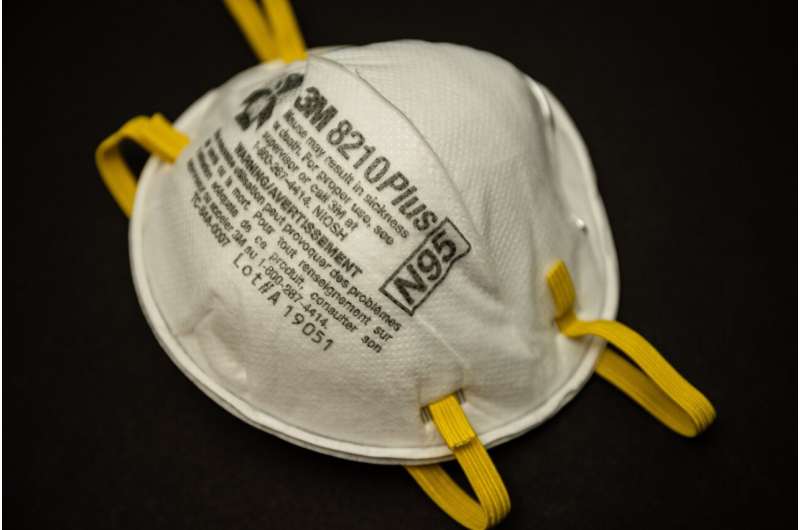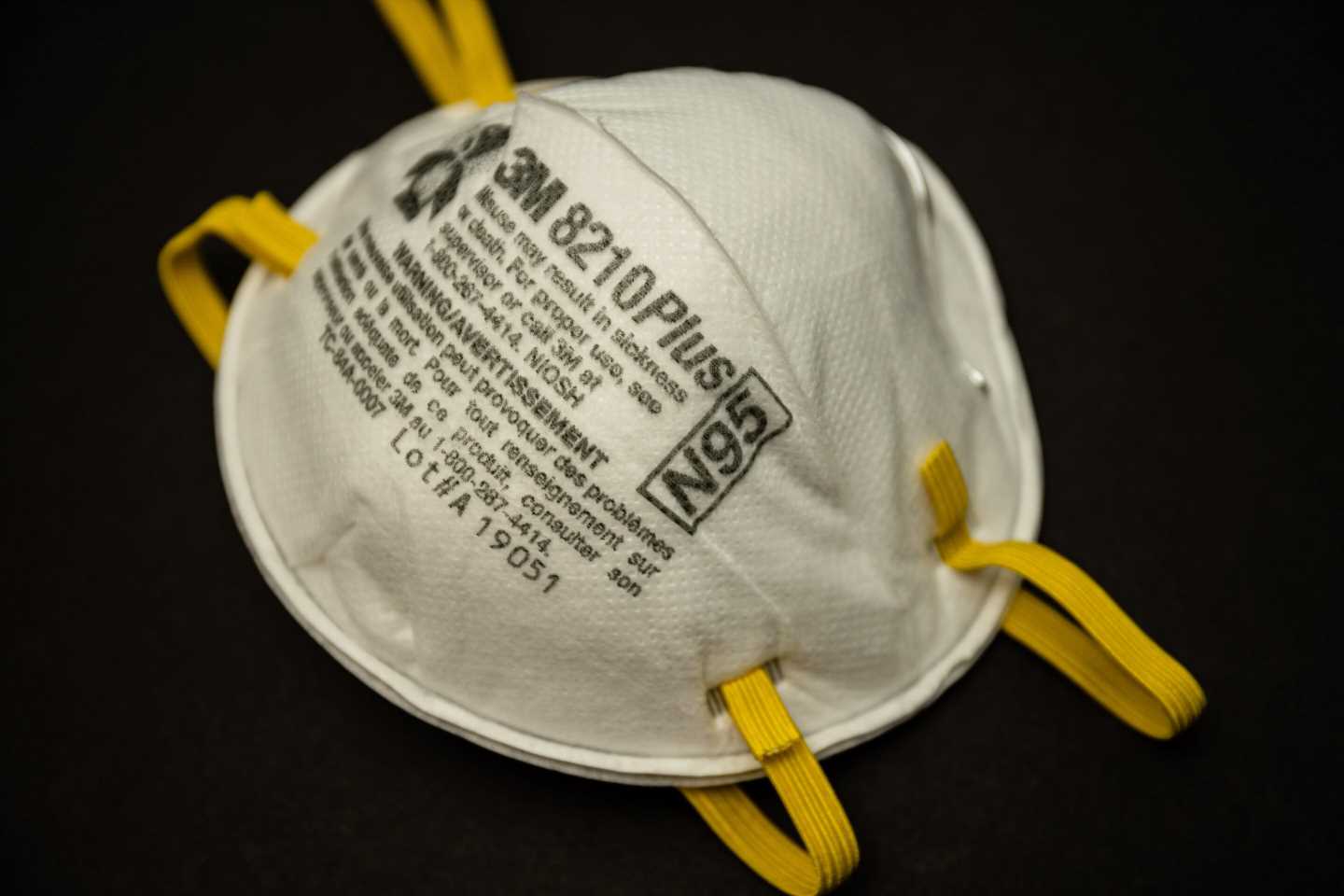
The comfort and usability of N95 respirator masks, as rated by healthcare workers who wear them, should be incorporated into procurement decision making to optimize respiratory protection, say the authors of research published today by the Medical Journal of Australia.
“Health care workers often do not comply with recommendations for using respirators, particularly N95 respirators,” wrote the authors, led by Dr. Irene Ng, a staff consultant anesthetist at The Royal Melbourne Hospital (RMH).
“Explanations for non-compliance include the lack of standardization of donning and doffing techniques, and design features of respirators that reduce comfort and usability.”
Health care workers from RMH who had undergone N95 respirator fit testing were invited to complete an online usability and comfort assessment for respirators which passed the test.
“The overall fit test pass rates were 65.0% for the semi-rigid cup respirators (1029/1583 tests), 32.4% for the flat-fold respirator (660/2035 tests), 59.2% for the duckbill respirators (2005/3387 tests), and 96.4% for the three-panel flat-fold respirator (1876/1946 tests),” Ng and colleagues reported.
“[A total of] 378 health care workers completed the comfort and usability survey. Overall comfort and assessment ratings each differed by respirator group; the median overall comfort and overall assessment values were highest for the three-panel flat-fold respirator and lowest for the semi-rigid cup respirators.
“The fit test pass rate was very high for three-panel flat-fold type N95 respirator (96%), and health care workers rated their comfort and overall usability higher than those of semi-rigid cup, flat-fold cup, and duckbill type N95 respirators.”
Ng and colleagues concluded that “the three-panel flat-fold N95 respirator type should therefore be preferred for health care workers.”
“Further investigations based on large respiratory protection programs and the development of a standardized performance evaluation tool would be useful.
Source: Read Full Article
